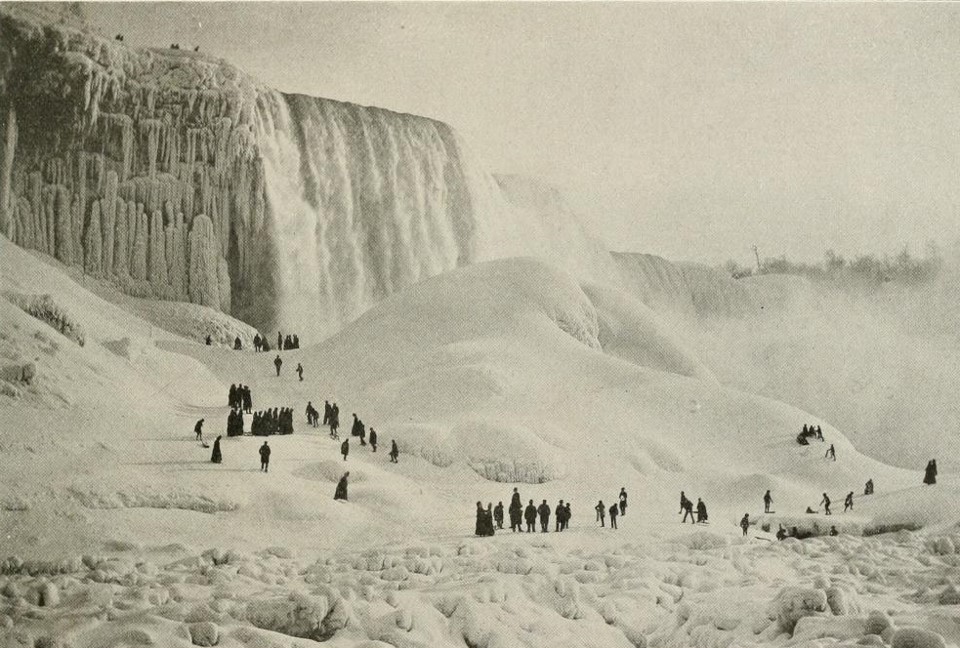The items below were ‘the cream’ of the articles and websites I found this past week. Click on the light green text to look at the article.
Who’s still smoking: Report highlights populations still at risk -- ScienceDaily – I rarely see people smoking these days. The overall smoking rates in the US has dropped from 42% in 1965 to 15% in 2015. The analysis of the types of individuals in that 15% reveals that there are populations vulnerable…and that novel interventions will be needed to further reduce smoking in the US.
Top 25 Wild Birds Against Spectacular Landscapes – National Geographic Blog – I’m thinking about birds even more than usual this weekend – participating in the Great Backyard Bird Count!
Being A Homebody Has A Surprising Environmental Upside | CleanTechnica – I know that I used less gasoline and don’t spend as much on clothes as I used to when I went into the office every day….evidently there are enough people that are working at home or retired that the energy savings is significant. Now to just make the energy we use at home skew further toward the renewable variety!
Magnesium makes chromosomes: A new chemical tool, MARIO, shows how free Mg2+ ions regulate chromosome shape -- ScienceDaily – Some work by Japanese researchers. They note at the end of this blurb that this new understanding about magnesium may be a piece to the puzzle of how cancer happens…and maybe treatment.
LASER SCANS REVEAL MAYA “MEGALOPOLIS” BELOW GUATEMALAN JUNGLE | National Geographic - National Geographic – more than 60,000 houses, palaces, elevated highways, and other human-made features….under the jungles of northern Guatemala. The civilization peaked some 1,200 years ago and was comparable to ancient Greece or China. There were probably 10-15 million people in the area too – far more than previously estimated. The LiDAR also revealed pits from looters.
Woodpeckers show signs of possible brain damage, but that might not be a bad thing -- ScienceDaily – Analysis of woodpecker brains from collections of the Field Museum and Harvard Museum of Natural History. The picture with the article is of a downy woodpecker…one kind of woodpecker we see in our area.
Mushrooms Are Good for You, But Are They Medicine? – The question is still open…but they taste good so why not enjoy them even if they aren’t medicine!
Another Kind of Migration: A Visit to Mexico’s Monarch Butterfly Biosphere Reserve – National Geographic Blog – I just found out recently that they’ve planted milkweed at all the schools in our county…and will be monitoring to make sure it thrives…a little action to help the Monarch butterflies as they come through our part of Maryland on their way to Canada.
Surreal Images of Frozen Niagara Falls at Night by Adam Klekotka – Winter eye candy.
Black Lung Study Finds Biggest Cluster Ever of Fatal Coal Miners’ Disease: NPR – So sad. It’s happening to younger miners than it used to; ‘improvements’ in mining equipment? This is probably another reason we should move to renewable energy as quickly as we can.































